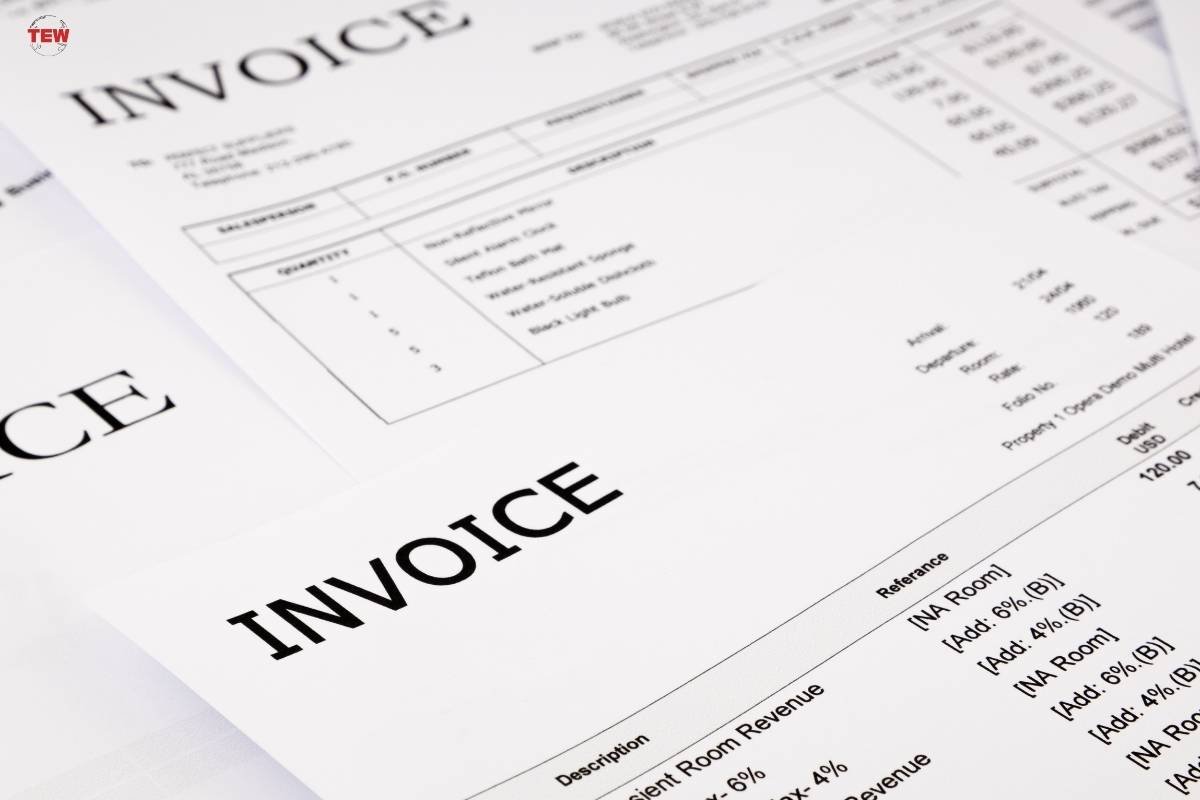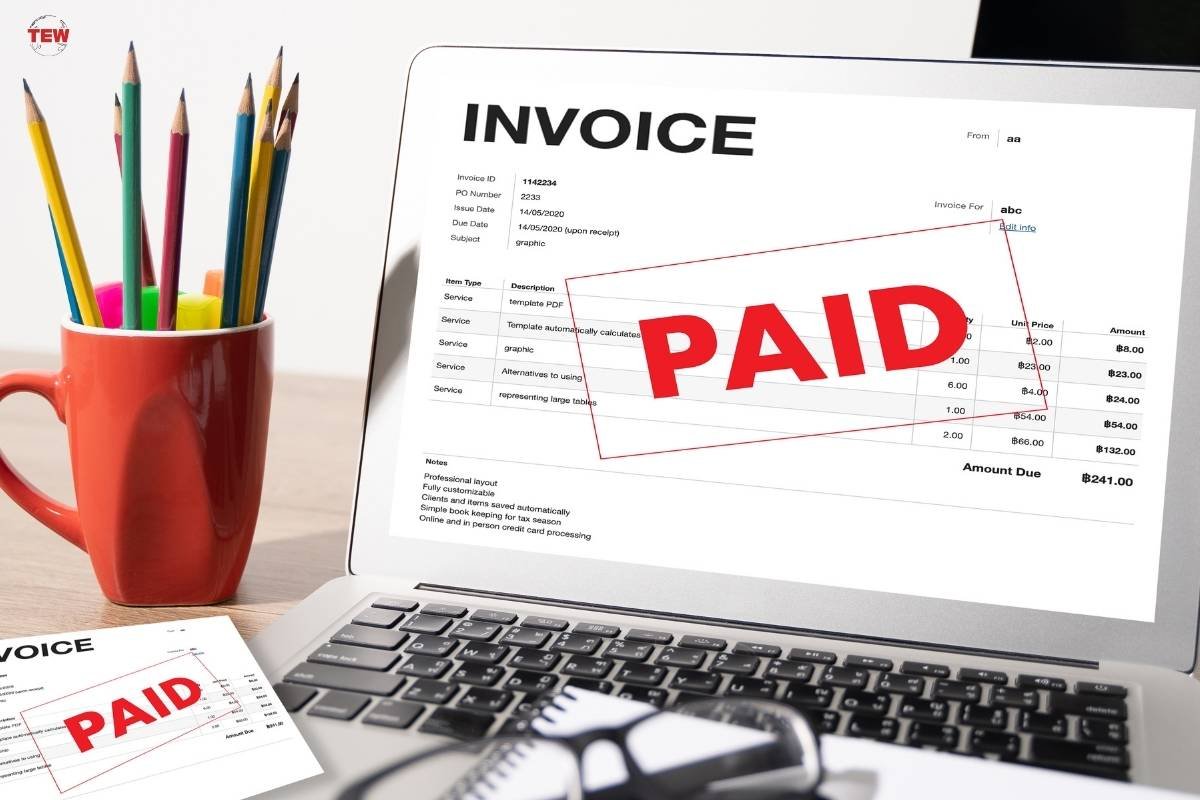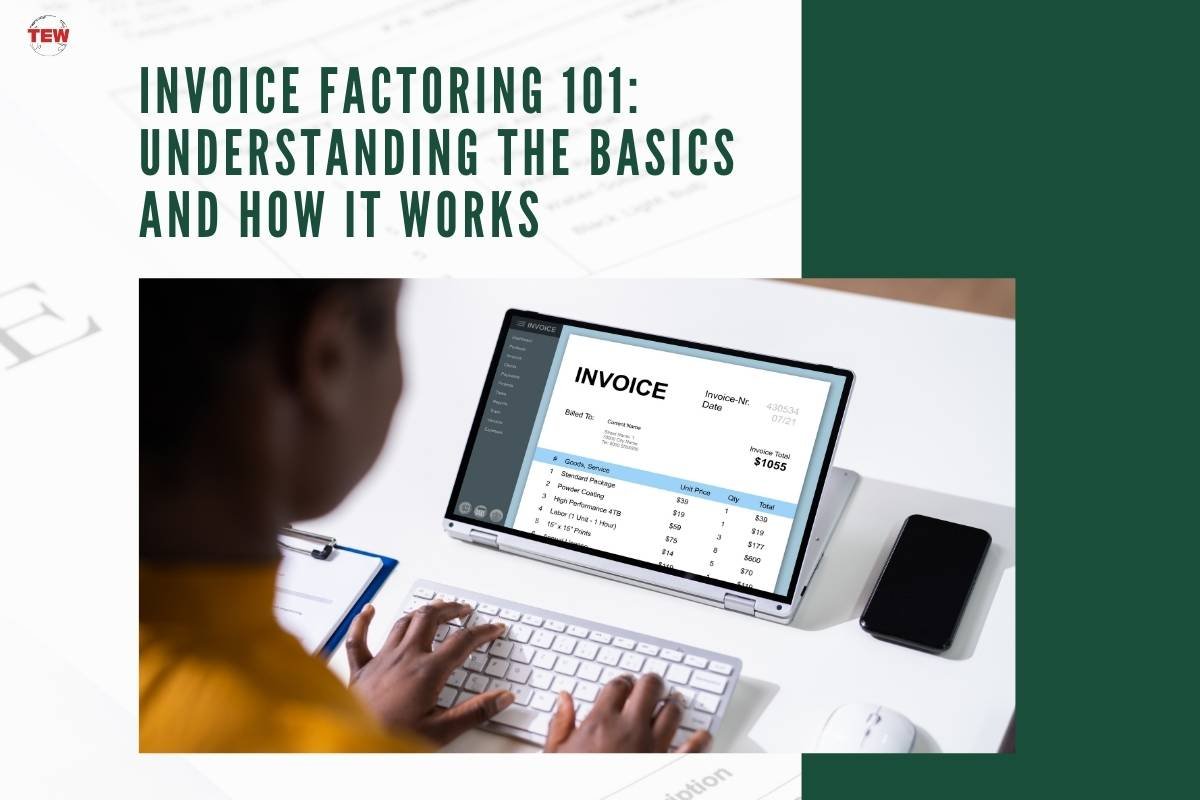Running a business is an exciting venture but can also be challenging, especially regarding cash flow. You provide goods or services to clients but often wait 30, 60, or even 90 days to receive payment on your invoices. This gap between providing a service and receiving payment can strain your cash flow, hindering your ability to invest in growth, meet payroll, or cover other business expenses.
Invoice factoring for small business can be a valuable tool to address this challenge. Invoice factoring, or accounts receivable factoring, is a financial transaction where you sell your unpaid invoices to a third-party company called a factor. The factor advances you a percentage of the invoice value upfront, typically 70% to 90%, minus a fee. Once your customer pays the invoice, the factor collects the payment and remits the remaining balance to you, minus any additional fees.
Read on to explore the mechanics of invoice factoring and discover the key aspects of this financing option
Benefits Of Invoice Factoring
Invoice factoring offers several advantages for businesses, particularly those struggling with slow-paying customers or uneven cash flow.
Here are some of the key benefits:

- Improved cash flow: This is the most significant benefit. By receiving immediate payment on your invoices, you have more working capital to cover expenses, invest in inventory, or take advantage of new opportunities.
- Reduced risk of bad debt: Chasing down late payments and dealing with customer defaults can be time-consuming and expensive. With invoice factoring, the factor assumes the credit risk of your customers, minimizing your exposure to bad debt.
- Simplified accounts receivable management: Managing outstanding invoices can be a tedious task. Invoice factoring removes this burden, as the factor handles collection efforts.
- Faster business growth: Improved cash flow allows you to reinvest in your business, expand your product line, or take on new projects, accelerating your growth trajectory.
In essence, invoice factoring can be a powerful tool for businesses to unlock the potential of their outstanding invoices and achieve financial stability.
How Invoice Factoring Works?
Understanding the process behind invoice factoring is crucial before deciding if it’s the right fit for your business.
Here’s a breakdown of the typical steps involved:
- Application: You apply to a factoring company, providing details about your business, customers, and invoice history.
- Approval: The factor assesses your creditworthiness and the creditworthiness of your customers to determine the eligibility and terms of the agreement.
- Agreement: Upon approval, you enter into a factoring agreement with the factor outlining the discount rate, fees, and other conditions.
- Invoice submission: Once you have an approved invoice, submit it to the factor for processing.
- Advance payment: The factor advances you a percentage of the invoice value, typically within 24-48 hours.
- Customer payment: Your customer pays the invoice directly to the factor.
- Remaining balance: Once the factor collects payment from your customer, they remit the remaining balance of the invoice amount to you, minus any additional fees.
Invoice factoring streamlines the process of collecting payment on your invoices, providing quicker access to your working capital.
Types Of Invoice Factoring

There are several different types of invoice factoring arrangements to suit your specific needs.
Here’s a breakdown of the most common options:
- Recourse factoring: With recourse factoring, the factor assumes most of the credit risk, but you may be liable if your customer fails to pay. However, recourse factoring typically offers the highest advance rates.
- Non-recourse factoring: This option offers the least amount of risk for you, as the factor assumes all responsibility for collecting payment from your customer. However, non-recourse factoring typically comes with lower advance rates and higher fees.
- Spot factoring: This allows you to sell individual invoices on a case-by-case basis, offering more flexibility but potentially higher fees per invoice.
Choosing the right type of invoice factoring depends on your risk tolerance, cash flow needs, and the creditworthiness of your customers.
Is Invoice Factoring Right For Your Business?

Invoice factoring can be a valuable tool for businesses of all sizes, but it’s essential to consider the pros and cons before deciding if it’s right for you.
Here are the two factors to consider:
- Cost: Invoice factoring fees can vary depending on the factor, the type of factoring used, and the creditworthiness of your customers.
- Impact on customer relationships: Some customers may hesitate to work with a business that uses factoring. It’s essential to communicate transparently with your customers about the process.
Understanding the benefits and drawbacks can help you decide whether this financial solution is best suited for your business.
Conclusion
Invoice factoring can be a powerful tool for managing cash flow, reducing risk, and fueling business growth. However, it’s not a one-size-fits-all solution. Carefully assess your business needs, research different factoring companies, and compare fees and terms before deciding. Strategically approaching invoice factoring unlocks the potential of your outstanding invoices, leading to financial stability for your business.




